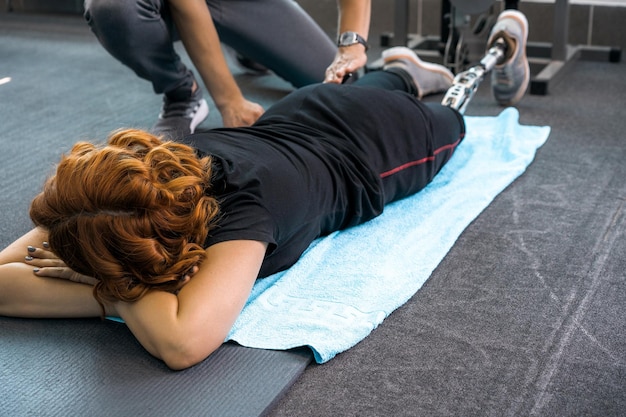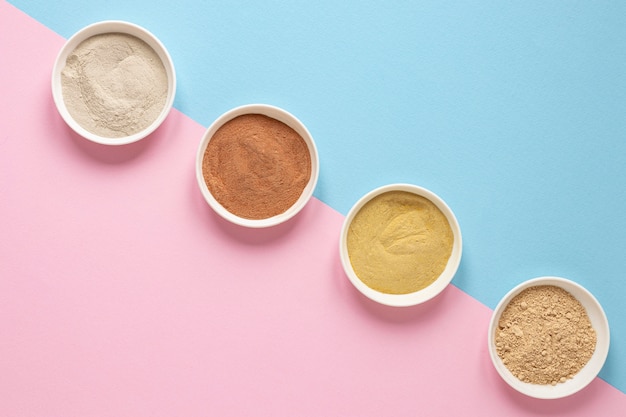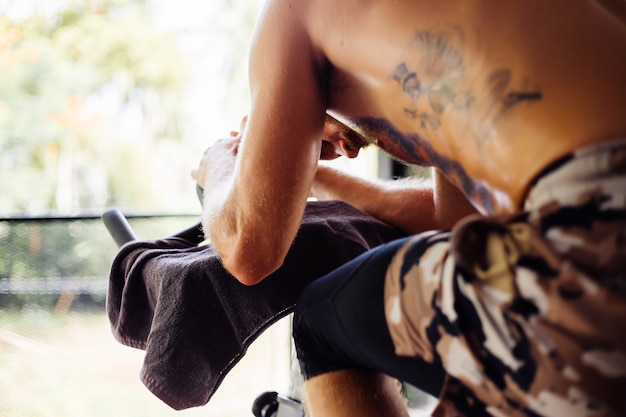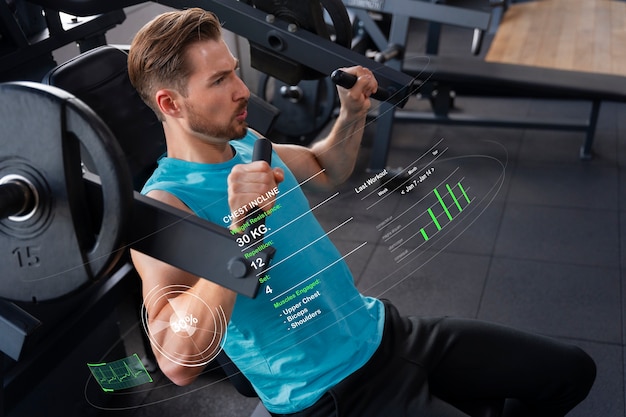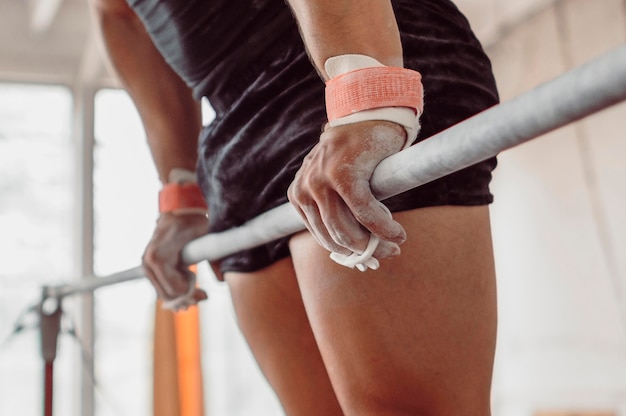35 Science-Backed Recovery Tips for Home Workouts: Maximize Results with Minimal Gear & Real-Life Schedules
Recovery is just as important as the workout itself—especially when you're training at home with limited equipment and a packed daily routine. Without proper recovery, your progress slows, fatigue builds, and injury risk increases. The good news? You don’t need a gym, fancy gadgets, or hours of free time to recover effectively.
Whether you’re doing bodyweight circuits, yoga, or resistance band workouts, these 35 results-driven recovery tips are designed for real life. They’re practical, backed by science, and require little to no gear—making them perfect for home exercisers.
Why Recovery Matters at Home
Home workouts offer flexibility, but they often lack structured cooldowns or professional guidance. Without intentional recovery, you may experience burnout, soreness, or plateaus. Recovery supports muscle repair, reduces inflammation, improves sleep, and boosts energy—helping you stay consistent and see real results.
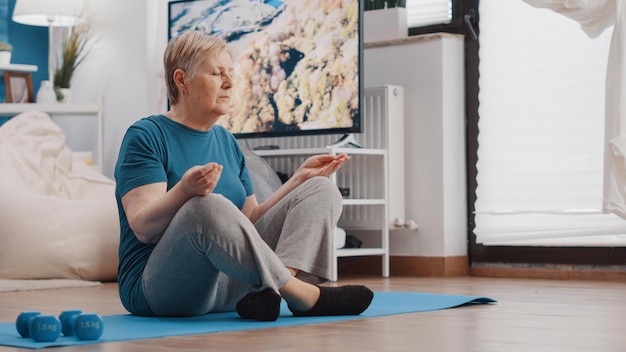
15 Daily Recovery Habits (No Equipment Needed)
- Prioritize sleep: Aim for 7–9 hours nightly. Quality sleep enhances muscle repair and hormone balance.
- Stay hydrated: Drink water consistently throughout the day, especially post-workout.
- Stretch after workouts: Spend 5–10 minutes on major muscle groups to improve flexibility and circulation.
- Breathe deeply: Practice diaphragmatic breathing for 2–5 minutes to activate the parasympathetic nervous system.
- Take walking breaks: Move gently after intense sessions to reduce stiffness.
- Use a foam roller (or DIY substitute): Roll out tight areas like quads, back, and calves. A tennis ball works for shoulders and feet.
- Elevate your legs: Lie on your back and rest legs against a wall for 5–10 minutes to reduce swelling and improve circulation.
- Practice mindfulness: Try 5 minutes of meditation or journaling to lower stress hormones.
- Optimize your workspace: Avoid prolonged sitting; stand or stretch every hour.
- Warm Epsom salt baths: Soak for 15–20 minutes to soothe sore muscles (if accessible).
- Cool showers: Brief cold exposure may reduce inflammation and muscle soreness.
- Wear compression socks (optional): Can help with circulation, especially if you're on your feet a lot.
- Limit alcohol: It disrupts sleep and slows recovery—moderation is key.
- Eat protein-rich snacks post-workout: Pair with carbs to replenish glycogen and support repair.
- Listen to your body: Adjust intensity if you feel excessive fatigue or pain.
10 Minimal-Gear Recovery Tools
You don’t need much. These affordable, space-saving tools make a big difference:
- Foam roller – for myofascial release
- Tennis or massage ball – for targeted trigger points
- Resistance band – for active stretching
- Yoga mat – provides cushioning and defines your space
- Heating pad – relaxes tight muscles
- Cool pack – reduces acute inflammation
- Hydration tracker bottle – encourages consistent water intake
- Sleep mask or blackout curtains – improve sleep quality
- Posture cushion – supports spine during rest
- Smartphone app – for guided breathing, stretching, or sleep
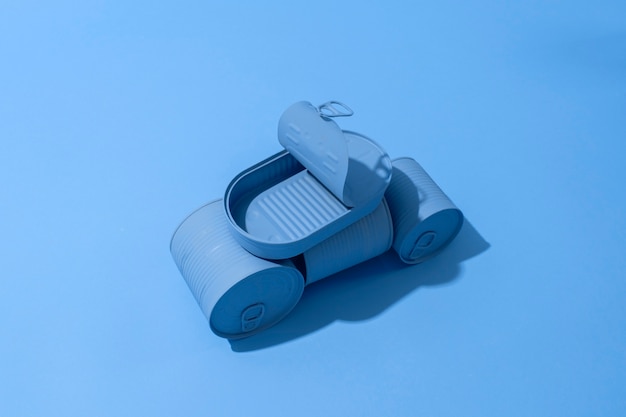
10 Schedule-Friendly Recovery Strategies
Real life is busy. These tips fit into tight schedules:
- Batch workouts and recovery: Schedule cooldowns right after exercise.
- Use micro-recovery: Take 2-minute stretch or breath breaks between work tasks.
- Recovery on weekends: Dedicate 20–30 minutes to longer stretching or self-massage.
- Prep recovery tools the night before: Keep your mat, roller, or water bottle ready.
- Pair recovery with habits: Stretch while watching TV or foam roll during a podcast.
- Set phone reminders: Prompt yourself to hydrate, move, or breathe.
- Use lunch breaks: Walk outside or do seated stretches.
- Optimize bedtime routine: Wind down with light stretching and no screens.
- Track recovery: Use a simple journal or app to log sleep, soreness, and mood.
- Plan active recovery days: Swap intense workouts for walking, yoga, or mobility drills.
Final Thoughts
Recovery isn’t a luxury—it’s a necessity for sustainable fitness. As a home exerciser, you have the power to build a recovery routine that fits your life, not fights against it. By integrating even a few of these 35 tips, you’ll boost performance, reduce soreness, and stay consistent over time.
Start small: pick 3–5 tips that feel doable now. Master them, then add more. Over time, recovery becomes second nature—and your body will thank you.






